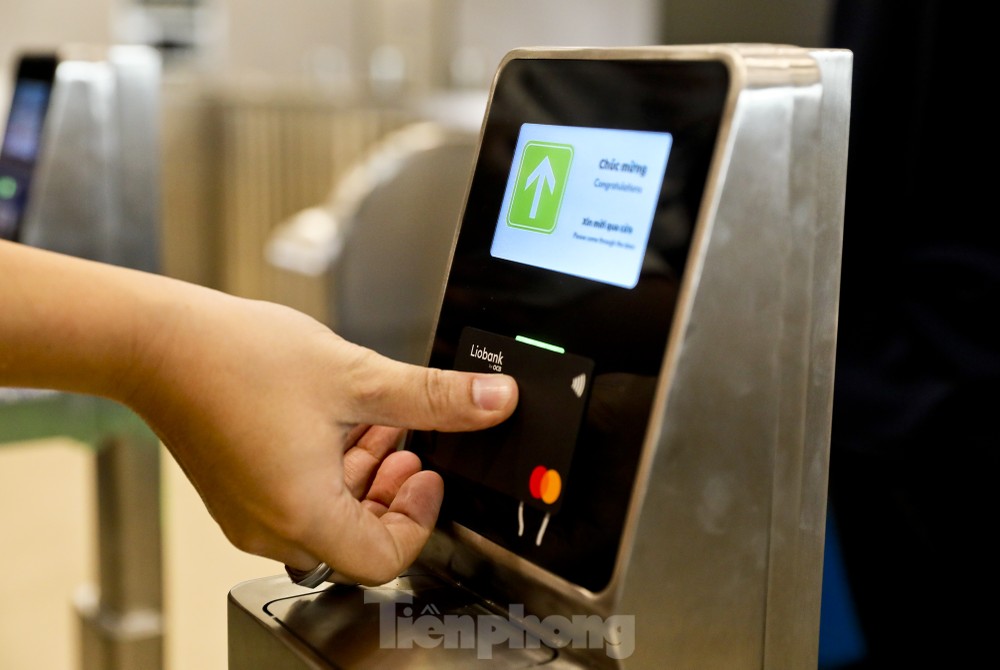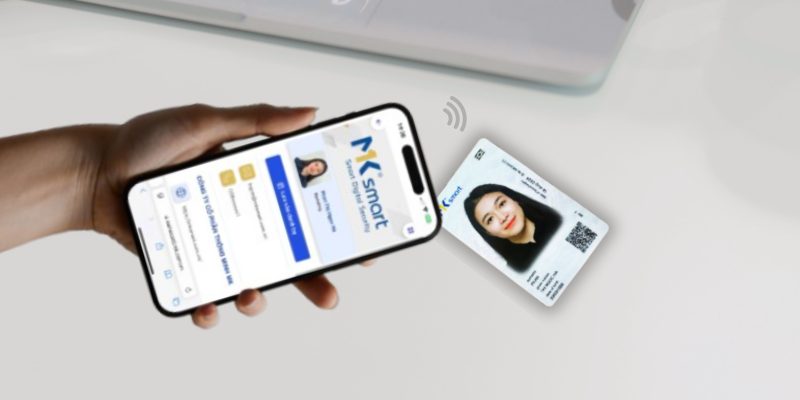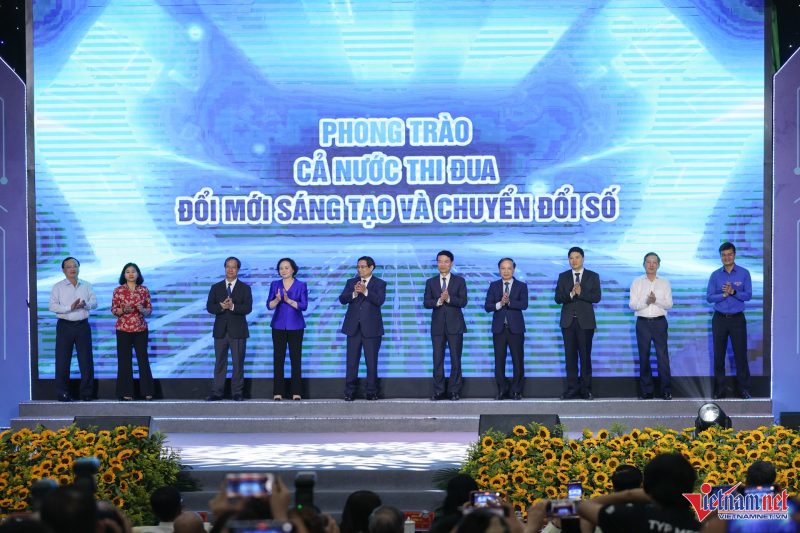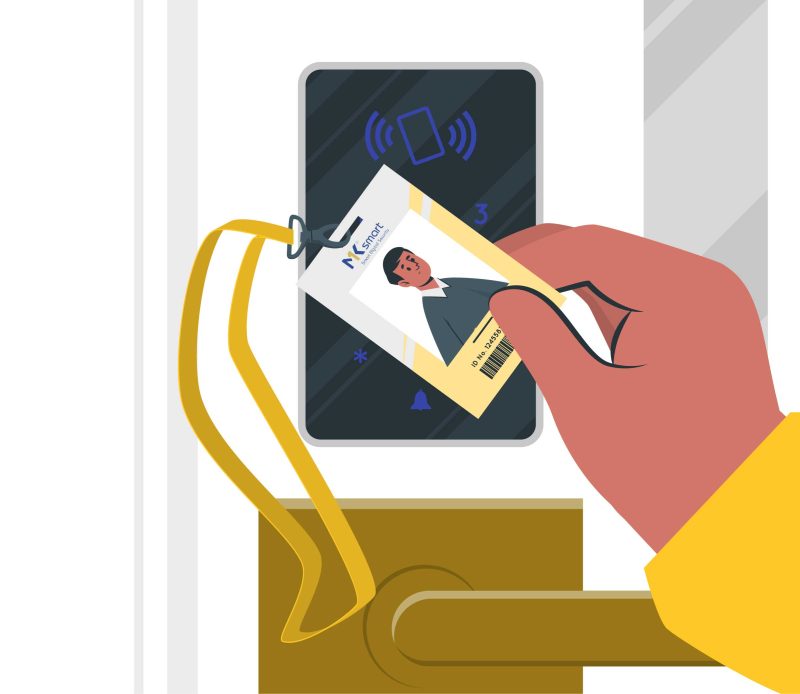In Southeast Asia, many rapidly growing cities are facing intense traffic congestion resulting from swift urbanization and economic growth. As the economies in this region expand and GDP increases, urban centers are experiencing an influx of people, which current public transportation systems are ill-equipped to accommodate.
This year, traffic volumes in Vietnam’s major cities surged before the holiday season, doubling travel times in Hanoi and Ho Chi Minh City. In Indonesia, traffic authorities estimate that Jakarta’s chronic congestion costs the economy approximately USD 4.38 billion annually. Meanwhile, Bangkok is exploring congestion pricing to manage traffic flow, despite having a modern rail network.
Beyond daily congestion, large-scale events—such as the Southeast Asian (SEA) Games or potential F1 races—can overwhelm city infrastructure. Many urban centers still lack robust mass transit systems, making daily commutes increasingly difficult.

Cities Accelerate Public Transit Expansion
Last year, Jakarta began construction on a new MRT line; Ho Chi Minh City launched its first metro line in December; and both Kuala Lumpur and Bangkok are expanding their own MRT networks. However, fast-growing cities must not only increase transit capacity but also modernize their systems to ensure long-term sustainability.
Future-Proofing Transportation Networks
The uneven development of urban transit systems across Southeast Asia presents a significant opportunity: the adoption of large-scale integrated payment systems. These systems enable passengers to pay directly at fare gates using contactless credit/debit cards, e-wallets, or smart wearables.
These open-loop systems—unlike closed-loop systems that require proprietary cards or tickets—are more cost-efficient, lower entry barriers for commuters and tourists, and offer a seamless travel experience.
Open payment systems allow operators to focus on delivering services instead of managing complex fare collection infrastructure. They eliminate outdated, costly systems and reduce revenue loss from expired or lost cards. More importantly, the convenience of using familiar bank cards or personal devices may encourage wider public transport usage.
At the same time, these upgrades provide governments with valuable data to analyze mobility patterns, optimize transport resources, and support future urban planning.
Toward a New Standard
Open payment systems are not new in global public transportation. Transportation for London (TfL) was among the pioneers, rolling out contactless bank card payments on buses in 2012 and across its network by 2014.
Just ten years later, around 70% of TfL’s bus journeys are paid for using contactless cards or mobile devices. TfL reports that this rollout helped reduce fare collection costs by nearly half.
In Asia, Singapore’s Land Transport Authority (LTA) launched SimplyGo in 2019—the first open-loop payment system in the region, following three years of trials. By the end of that year, the system recorded over 250,000 daily trips and helped accelerate digital payment adoption in retail, supporting the country’s cashless society initiative.
Short-Term Investment, Long-Term Gains
Despite clear benefits, switching to an open-loop payment model presents challenges. Upgrading fare collection infrastructure requires significant upfront investment. Transit agencies must also balance budgets for other priorities like expanding vehicle fleets, improving stations, and covering operational costs.
Integrating open payment systems into existing networks—many of which still rely on legacy technology—is another hurdle. It involves installing new contactless readers at fare gates and on buses, alongside secure, real-time processing systems capable of handling millions of transactions daily.
Moreover, the integration of digital payments raises cybersecurity concerns. Globally, the transportation sector accounted for about 11% of cyberattacks in the 12 months ending June 2024. To mitigate these risks, operators must deploy advanced security measures such as end-to-end encryption and AI-powered threat detection systems to protect transactions.
Redefining Urban Mobility in Southeast Asia
The future of urban mobility in Southeast Asia isn’t just about easing traffic—it’s about redefining the way people move. Over the next 5–10 years, we may witness a dynamic ecosystem of smart, connected transportation that adapts to the evolving needs of commuters and tourists alike.
Imagine a day when commuters can travel seamlessly across buses, metros, and ride-sharing services—using a single payment method, whether it’s a contactless card, e-wallet, or even facial recognition.
Future transit systems will leverage technologies like AI for demand forecasting, real-time data analytics to optimize routes, and smart adjustments to reduce delays instantly.
Biometric payment integration will also offer a touchless and cashless experience—allowing passengers to access multiple transport modes with just a facial scan or fingerprint. This not only enhances security but also delivers a personalized and efficient commuting experience.
This is no longer a distant vision—it’s a near future within reach. As Southeast Asia’s urban population continues to grow, intelligent transport systems will enable cities to expand not only in scale but also in connectivity. With a regional goal of modernizing public transport by 2030, we can expect to see vast multimodal networks that go beyond city limits—connecting urban centers to rural areas, shortening commute times, and unlocking new economic opportunities.
Through strategic investment, public-private collaboration, and a commitment to innovation, Southeast Asia has the potential to become a global model for smart urban transportation. The region’s mobility future will be defined not just by growth in numbers, but by the quality of experiences—creating smart, resilient cities that offer safe, reliable, and sustainable journeys for all.
Source: Mastercard




